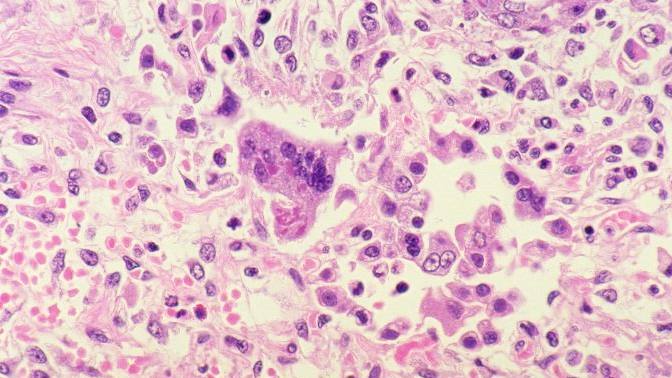
The Centers for Disease Control and Prevention (CDC) is reporting 695 cases of measles from 22 states. This is the greatest number of cases recorded since measles was eliminated in the U.S. in 2000, according to the CDC.
"Measles is not a harmless childhood illness, but a highly contagious, potentially life-threatening disease," says Health and Human Services Secretary Alex Azar in a statement. "We have the ability to safely protect our children and our communities. Vaccines are a safe, highly effective public health solution that can prevent this disease. The measles vaccines are among the most extensively studied medical products we have, and their safety has been firmly established over many years in some of the largest vaccine studies ever undertaken."
Learn more about the measles virus:
Measles signs and symptoms appear around 10 to 14 days after exposure to the virus and typically include:
- Fever
- Dry cough
- Runny nose
- Sore throat
- Inflamed eyes (conjunctivitis)
- Tiny white spots with bluish-white centers on a red background found inside the mouth on the inner lining of the cheek — also called Koplik's spots
- A skin rash made up of large, flat blotches that often flow into one another
The infection occurs in sequential stages:
- Infection and incubation. For the first 10 to 14 days after you're infected, the measles virus incubates. You have no signs or symptoms of measles during this time.
- Nonspecific signs and symptoms. Measles typically begins with a mild to moderate fever, often accompanied by a persistent cough, runny nose, inflamed eyes (conjunctivitis) and sore throat. This relatively mild illness may last two or three days.
- Acute illness and rash. The rash consists of small red spots, some of which are slightly raised. Spots and bumps in tight clusters give the skin a splotchy red appearance. The face breaks out first.Over the next few days, the rash spreads down the arms and trunk, then over the thighs, lower legs and feet. At the same time, the fever rises sharply, often as high as 104 to 105.8 F (40 to 41 C). The measles rash gradually recedes, fading first from the face and last from the thighs and feet.
- Communicable period. A person with measles can spread the virus to others for about eight days, starting four days before the rash appears and ending when the rash has been present for four days.
Read more information about the measles virus on mayoclinic.org.
Related News Network posts with video sound bites from pediatric infectious diseases specialist Dr. Nipunie Rajapakse:
Infectious Diseases A-Z: The 3 Cs of measles
Infectious Diseases A-Z: Why the measles virus is so contagious
Infectious Diseases A-Z: Battling a myth about measles vaccine








